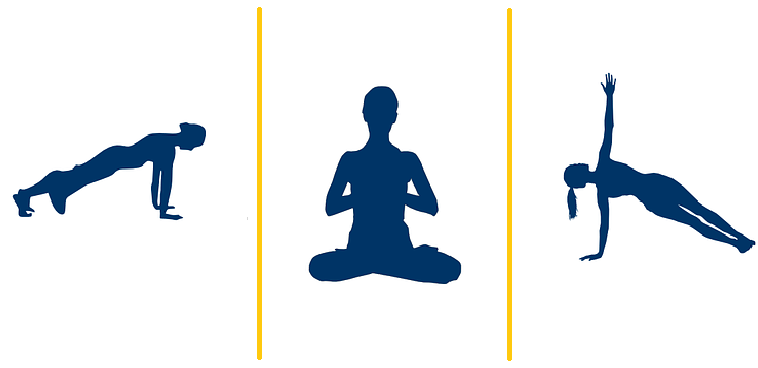Employee benefits programs have moved beyond standard health and dental insurance coverage to encompass a range of wellness programs designed to engage, motivate and reward employees toward improving holistic health.
In fact, wellness programs are popular and growing: More than nine in 10 organizations surveyed by the International Foundation of Employee Benefit Plans offer at least one kind of wellness benefit. There is growing evidence that wellness at work is having a noticeable, positive effect on health care costs, not to mention productivity and retention.
Employers are also realizing that they can increase employee participation levels in wellness programs by offering rewards, incentives and other forms of recognition. For organizations with formal recognition programs, wellness incentives can further enrich the program. For organizations without them, wellness rewards can still help reduce health care costs, boost productivity and lower absenteeism by encouraging employees to engage in activities beneficial to their overall mental and physical health.
In a RAND employer survey, results indicated that nationally, of the employers offering workplace wellness programs, over two-thirds (69%) used financial incentives as a strategy to increase participation. Incentives for health risk assessment completion and lifestyle management programs were most common — offered by about 30% of employers with a wellness program.
According to GlobalFit, rewards and reimbursements are often the tipping point to get employees to participate in exercise programs. The company found that a staggering 94% of employees would invest more in their health and fitness if their company reimbursed them, yet only 33% of companies are reimbursing employees for gym memberships and other healthy living expenses.
That is why savvy employers are devising and implementing wellness incentives tied more closely to rewards and recognition. For example:
- Associating scores from HRAs to discounts on healthcare premiums. People who don’t qualify for the discount can be offered coaching programs and resources for improving their HRA scores.
- Encouraging holistic well-being programs, where employees and even their spouses engage in challenges to earn points toward rewards. Often, these programs tie in incentives to reduce employee tobacco use.
- Hosting weight-loss challenges that include cash prizes and weekly gift cards as well as regular walking contests to keep things fun and competitive.
- Offering onsite classes — e.g., zumba, yoga, etc. — and annual health fairs filled with fun and engaging health and wellness activities for employees.
The best part about wellness incentives is they are relatively inexpensive to implement. Organizations don’t need on-site fitness centers, masseuses or big technology investments to provide motivation and recognition for achieving wellness goals. They simply need to understand the rewards that their employees value. Here are some low-cost incentives that organizations have used to great success:
- Allowing flex hours to promote work-life balance or allow participation in wellness programs.
- Hosting healthy “lunch-and-learns” on topics such as financial wellness and nutrition.
- Offering parking incentives for using the most remote spots to encourage daily exercise.
- Giving discounts on cafeteria selections with higher nutritional value.
- Providing coupons for healthy food choices at a local supermarket chain.
- Developing a points-based system to reward healthy behaviors with a choice of gifts from a catalog.
Activities and challenges that motivate employees to participate in wellness initiatives don’t need to be overly complex, either. They need only be fun and build on people’s natural desire for camaraderie, with a bit of competition sprinkled in. For example:
- Walking challenges: Use activity trackers like Fitbits and set goals for the number of steps.
- Weight-loss challenges: Create “biggest loser” contests and reward by number of pounds or percentage of body weight lost.
- “Take the stairs” challenge: Have employees check a box when they use the stairs instead of the elevator,
- Hydration challenge: Encourage employees to track their water intake or substitute water for soda.
Remember that any incentives or rewards need to be relevant and meaningful to your employees to be successful, so continually solicit feedback and ask them what will have the most impact when it comes to changing their behavior. Also, take a holistic approach – mental and financial health have just as much of an impact on well-being as physical health.
With end-to-end wellness programs, you’ll almost certainly see a positive effect on satisfaction, retention and productivity as employees feel better and adopt healthier lifestyles, all of which contribute to lowering overall health costs for the organization and the communities they serve.
Cord Himelstein is vice president of marketing and communications at HALO Recognition.
If you enjoyed this article, sign up for SmartBrief’s free e-mails for HR and for any leaders and managers, among SmartBrief’s more than 200 industry-focused newsletters.
